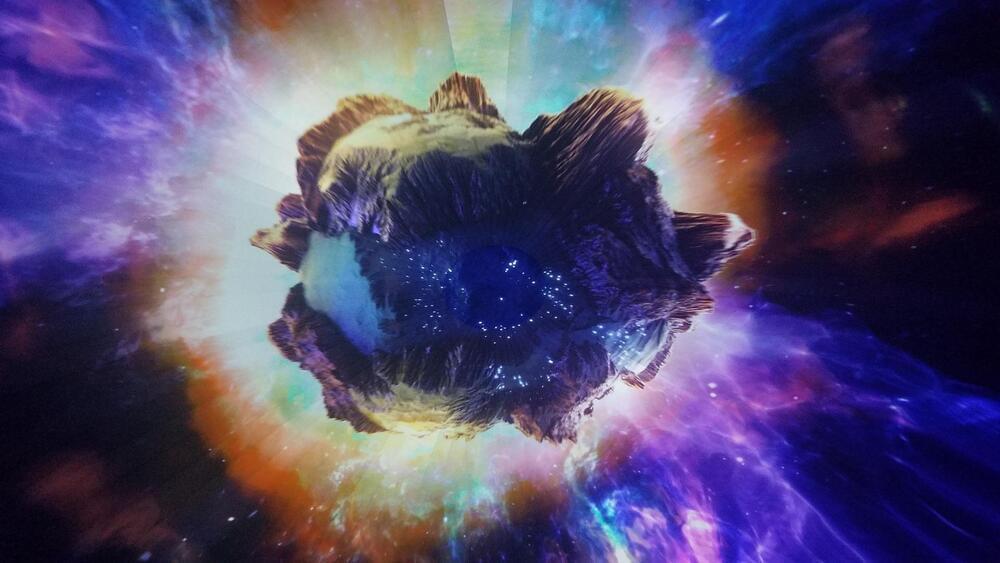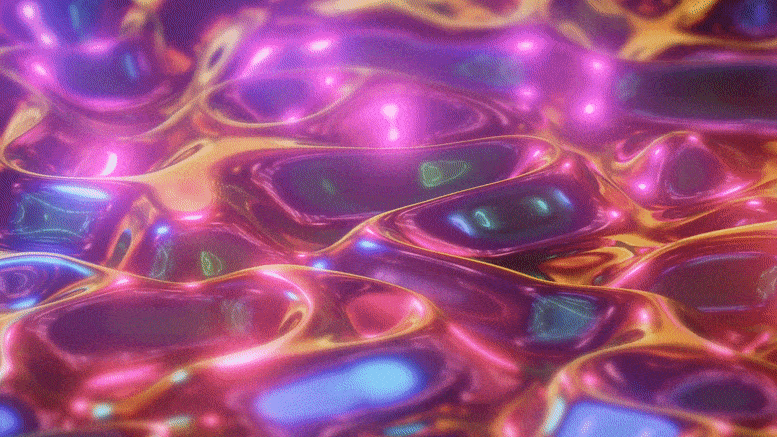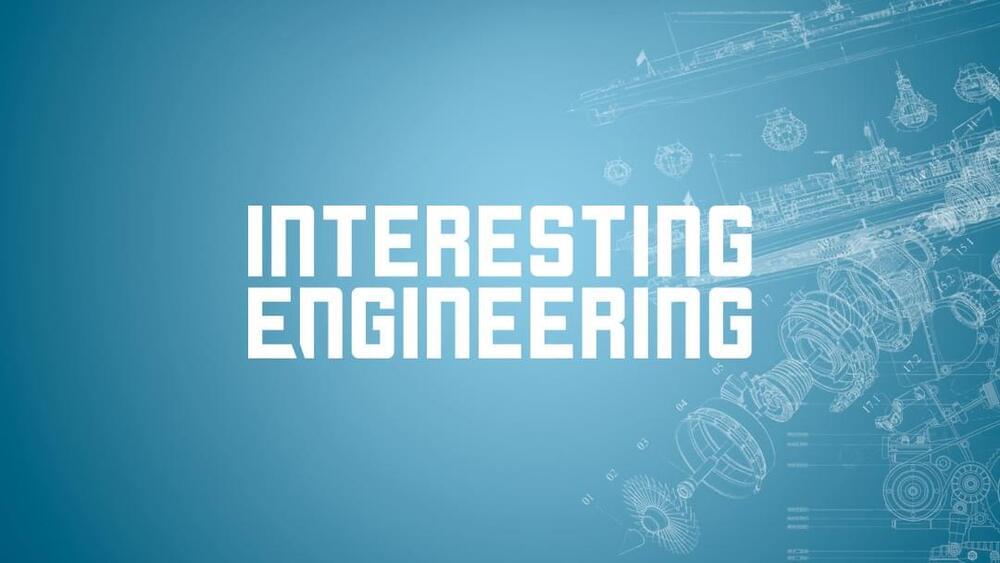
Category: energy – Page 190



Mechanochemical breakthrough unlocks cheap, safe, powdered hydrogen
Australian scientists say they’ve made a “eureka moment” breakthrough in gas separation and storage that could radically reduce energy use in the petrochemical industry, while making hydrogen much easier and safer to store and transport in a powder.
Nanotechnology researchers, based at Deakin University’s Institute for Frontier Materials, claim to have found a super-efficient way to mechanochemically trap and hold gases in powders, with potentially enormous and wide-ranging industrial implications.
Mechanochemistry is a relatively recently coined term, referring to chemical reactions that are triggered by mechanical forces as opposed to heat, light, or electric potential differences. In this case, the mechanical force is supplied by ball milling – a low-energy grinding process in which a cylinder containing steel balls is rotated such that the balls roll up the side, then drop back down again, crushing and rolling over the material inside.

Goodbye, Oil: US Navy Cracks New Renewable Energy Technology To Turn Seawater Into Fuel, Allowing Ships To Stay At Sea Longer
Circa 2014
After decades of experiments, U.S. Navy scientists believe they may have solved one of the world’s great challenges: how to turn seawater into fuel.
The development of a liquid hydrocarbon fuel could one day relieve the military’s dependence on oil-based fuels and is being heralded as a “game changer” because it could allow military ships to develop their own fuel and stay operational 100 percent of the time, rather than having to refuel at sea.
The new fuel is initially expected to cost around $3 to $6 per gallon, according to the U.S. Naval Research Laboratory, which has already flown a model aircraft on it.

Asteroid impacts create diamond materials with exceptionally complex structures
Shockwaves caused by asteroids colliding with Earth create materials with a range of complex carbon structures, which could be used for advancing future engineering applications, according to an international study led by UCL and Hungarian scientists.
Published today in Proceedings of the National Academy of Sciences, the team of researchers has found that diamonds formed during a high-energy shock wave from an asteroid collision around 50,000 years ago have unique and exceptional properties, caused by the short-term high temperatures and extreme pressure.
The researchers say that these structures can be targeted for advanced mechanical and electronic applications, giving us the ability to design materials that are not only ultra-hard but also malleable with tunable electronic properties.


Lockheed Martin gets $59 million order for Stryker cyber and electronic warfare suite
Lockheed Martin has been busy this year. In April of 2022, the Defense Advanced Research Projects Agency (DARPA) and its U.S. Air Force partner announced that they had completed a free flight test of the Lockheed Martin version of the Hypersonic Air-breathing Weapon Concept (HAWC).
Then just last month, the U.S. Department of Defense (DoD) awarded the company a contract to construct the nation’s first megawatt-scale long-duration energy storage system. Under the direction of the U.S. Army Engineer Research and Development Center’s (ERDC) Construction Engineering Research Laboratory (CERL), the new system, called “GridStar Flow,” will be set up at Fort Carson, Colorado.
In the same time frame, General Motors and the firm announced their plans to produce a series of electric moon rovers for future commercial space missions. The companies said they plan aim to test the batteries developed by GM, in space later this year. They also set the ambitious goal of testing a prototype vehicle on the moon by 2025.
Vertical farms could take over the world
Vertical farming saves water, land, and energy — and it could be how we grow food on Mars.

MIT Professor Wins European Inventor Award for Liquid Metal Batteries
For his work on liquid metal batteries that could enable the long-term storage of renewable energy, MIT Professor Donald Sadoway has won the 2022 European Inventor Award, in the category for Non-European Patent Office Countries.
Sadoway is a longtime supporter and friend of MIT’s Materials Research Laboratory and is the John F. Elliott Professor of Materials Chemistry in MIT’s Department of Materials Science and Engineering.
“By enabling the large-scale storage of renewable energy, Donald Sadoway’s invention is a huge step towards the deployment of carbon-free electricity generation,” says António Campinos, President of the European Patent Office. “He has spent his career studying electrochemistry and has transformed this expertise into an invention that represents a huge step forward in the transition to green energy.”

A new measurement record for strongest magnetic field in universe
Breaking the previous record by 60 percent.
The team behind the first Chinese X-ray astronomy satellite, Insight-HXMT, has discovered the strongest magnetic field directly measured in the universe hitherto.
It is a known fact that neutron stars generate the strongest magnetic fields in the universe. These magnetic fields, close to a neutron star’s surface, can only be measured accurately and directly by looking for cyclon resonance scattering features (CRSF). The Insight-HXMT team discovered a cyclotron absorption line with an energy of 146 keV in the neutron star X-ray binary Swift J0243.6+6124, which translates to a surface magnetic field of more than 1.6 billion Tesla.